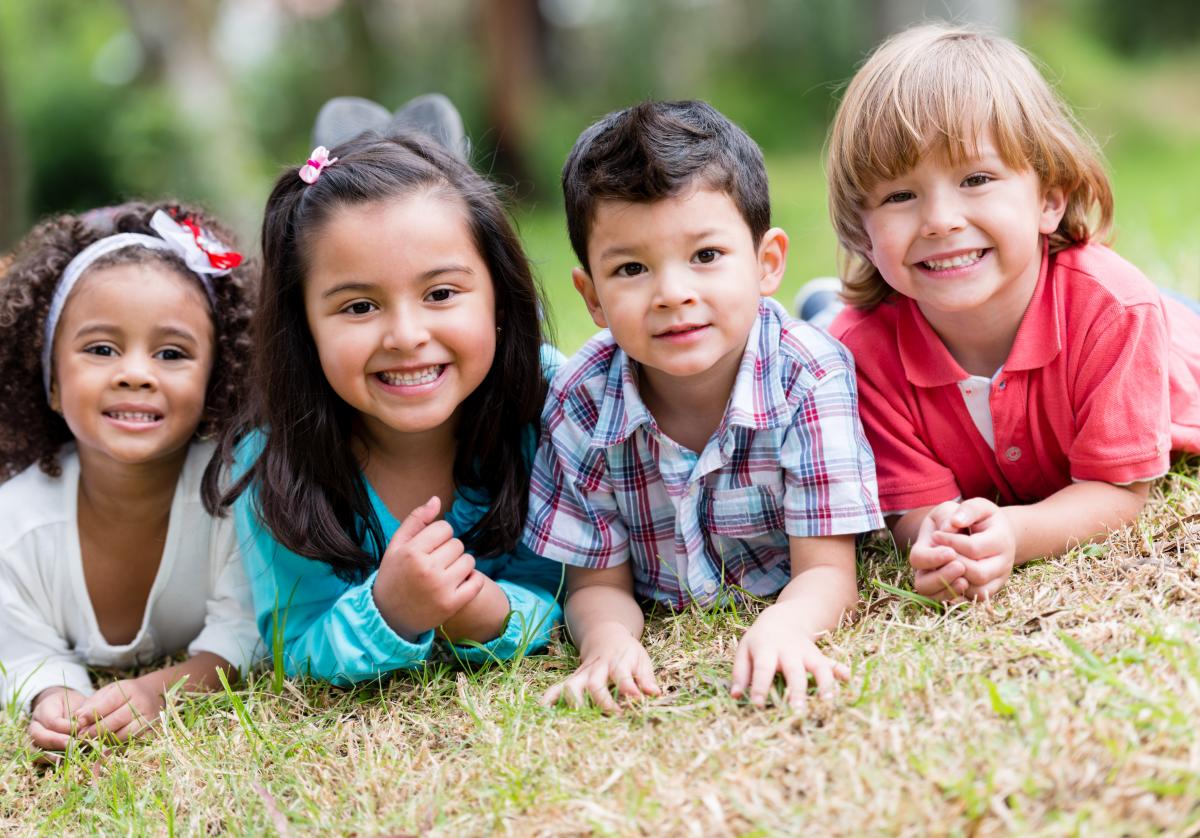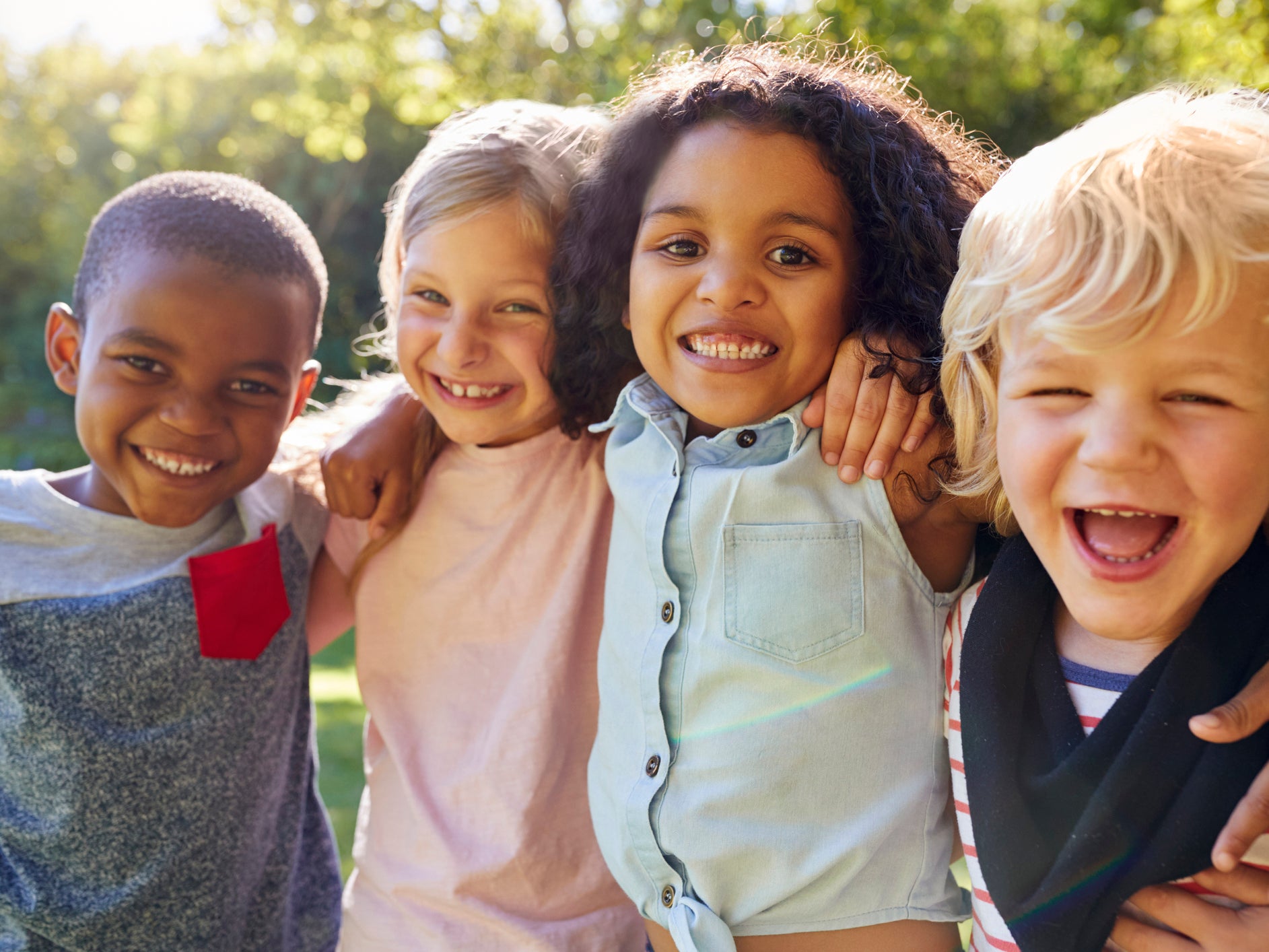Have you ever stopped to think about how tiny pictures can tell a big story? It's kind of amazing, isn't it? Well, children's book emoji are becoming a really neat way to make stories come alive for young readers. These little faces and symbols are not just for texting with friends anymore; they are popping up in books for kids, and there's a good reason why. They help make reading a more interactive and colorful experience, which is pretty cool for young minds.
So, why are these small icons getting so much attention in children's literature? For one thing, they speak a universal language, which is great for kids who are just learning to read or who process information visually. They can help convey feelings, actions, and even entire plot points without needing a single written word, or at least they can help support the words that are there. It's about making stories more approachable and fun, you know, especially for little ones.
And when we think about how important healthy growth and development are for all children, it really makes sense to use every tool we have to help them learn and express themselves. Child health and development is a big focus for us, and finding new ways to connect with kids through stories is a part of that. Emojis, in a way, offer a fresh path to open up conversations and build emotional connections through reading, which is something we definitely want to encourage.
Table of Contents
- The Growing Appeal of Children's Book Emoji
- How Emojis Help Children Learn and Grow
- Creative Ways to Use Emojis in Children's Stories
- Picking the Right Emojis for Kids' Books
- The Future of Emojis in Children's Literature
- Frequently Asked Questions About Children's Book Emoji
The Growing Appeal of Children's Book Emoji
It seems like everywhere you look these days, there are emojis. They are on our phones, in our messages, and now, they are making their way into the pages of children's books. This trend is, you know, really picking up speed, especially as more young people grow up with screens and visual communication all around them. It's a natural fit, in some respects, for how kids communicate today.
What Are Children's Book Emoji?
Children's book emoji are, basically, those small digital images or icons that show feelings, objects, or actions, but they are used within the context of a story for kids. They might replace a word, or they could add an extra layer of meaning to the text. For example, instead of writing "The happy dog wagged his tail," a book might show "The dog wagged his tail 🐶." It’s pretty straightforward, really.
These emojis can range from simple smiley faces to more complex pictures of animals or food. The key is that they are easy for children to recognize and understand. They are, in a way, like modern-day pictograms, designed to be instantly recognizable and to add a bit of visual flair to the narrative. They are not just decorations; they actually help tell the tale, which is kind of cool.
Why Emojis Are a Good Fit for Young Readers
Young readers, especially those who are just starting out, often rely heavily on pictures to help them make sense of a story. Emojis, in this sense, act like tiny, expressive pictures that are always available. They can help bridge the gap between words and meaning, making reading a less daunting task for little ones. It's almost like having a secret helper on every page.
Also, kids today are very familiar with emojis from their daily lives. They see them on tablets and phones, so using them in books feels natural and current. This familiarity can make books seem more inviting and less like a chore. It's a way to meet kids where they are, using a language they already know and love, which is pretty smart, honestly.
How Emojis Help Children Learn and Grow
When we talk about child health and development, we are looking at all aspects of a child's growth, including their emotional and cognitive skills. Emojis, surprisingly enough, can play a small but helpful part in this. They offer a unique avenue for learning and expression that traditional text might not always provide. It's definitely something to consider.
Boosting Emotional Understanding
One of the biggest benefits of children's book emoji is their ability to help kids understand feelings. When a character is sad 😢 or excited 🎉, the emoji shows it clearly. This visual cue can help children connect the words with the emotion, building their emotional vocabulary and empathy. It’s like a little lesson in feelings, every time they read.
Being able to recognize and name emotions is a really important part of healthy development. It helps children express themselves better and understand others. Emojis provide a simple, direct way to teach these complex ideas, making them more concrete for young minds. This, you know, can really make a difference in how kids process their own feelings and the feelings of those around them.
Making Reading More Fun and Accessible
For some children, reading can feel like a big challenge. Emojis can break down that barrier by making the text less intimidating and more engaging. They add an element of playfulness to the page, which can encourage kids to keep turning those pages. It's a way to make reading feel like a game, rather than a task, which is pretty cool.
For children with different learning styles, or those who might struggle with traditional text, emojis can be a lifesaver. They offer an alternative way to grasp the story's meaning, making books accessible to a wider range of young readers. This is something we really care about when we talk about promoting the healthy growth and development of all children, so it’s a good tool.
Supporting Language Development
While emojis are pictures, they can still support language development. They can act as visual prompts for new words or concepts. When a child sees a 🍎 emoji next to the word "apple," they are making a strong connection between the word and its meaning. This can help them build their vocabulary faster, which is pretty useful.
Also, emojis can encourage children to tell their own stories, using both words and pictures. This helps them practice their narrative skills and express themselves creatively. It's like giving them a new set of tools for building their own worlds with words and images, which is actually pretty powerful for their growing minds.
Creative Ways to Use Emojis in Children's Stories
The ways authors and publishers are using children's book emoji are, frankly, quite imaginative. It's not just about sticking a smiley face here and there. There are thoughtful approaches to how these little icons can truly become part of the storytelling process. It’s a bit like adding a new spice to a favorite recipe, you know?
Emoji as Story Prompts
Some books use emojis as prompts for children to create their own stories or to guess what happens next. A page might show a sequence of emojis like 🌳➡️🏠➡️🐻, and the child is encouraged to tell the story of going from the tree to the house to see a bear. This makes reading a much more active experience, which is pretty engaging.
This kind of interactive storytelling helps children develop their imagination and problem-solving skills. It also reinforces the idea that stories can be made in many ways, not just with traditional text. It's a good way to get kids thinking creatively, and that's something we really want to support for their overall development, basically.
Replacing Words with Pictures
In books for very young children, emojis can sometimes replace entire words, especially common nouns or verbs. This can make the book feel more like a picture puzzle, where the child "reads" the pictures along with the words. For instance, "The 🐱 sat on the 🛋️." This method can be very effective for early readers, too it's almost like a secret code they get to crack.
This approach helps build confidence in young readers because they can often understand the story even if they don't know every single word. It makes the reading process less intimidating and more like a fun game of decoding. It's a pretty clever way to make learning to read feel less like work and more like play, which is super important.
Interactive Reading with Emojis
Some children's books now include interactive elements where children can choose an emoji to influence the story's direction. For example, "Should the character feel happy 😊 or sad 😔?" This adds a "choose your own adventure" element that is very appealing to kids. It gives them a sense of control and ownership over the narrative, which is kind of cool.
This interactive style also helps children understand cause and effect within a story. They see how their choices, represented by emojis, lead to different outcomes. It's a practical way to teach narrative structure and consequences, all while having a lot of fun. This kind of engagement can really make reading stick with kids, which is what we want.
Picking the Right Emojis for Kids' Books
Choosing the right children's book emoji is more important than it might seem at first glance. It's not just about throwing in any emoji; it's about selecting ones that truly enhance the story and are appropriate for the target audience. There's a bit of an art to it, honestly, to make sure they fit just right.
Simple and Clear Choices
The best emojis for children's books are those that are simple, clear, and easy to understand at a glance. Complex or abstract emojis might confuse young readers rather than help them. The goal is clarity and immediate recognition. You want the child to instantly know what that little picture means, you know?
For example, a simple happy face 😊 is much better than a very detailed, nuanced expression that might be hard for a child to interpret. The simpler the better, especially for the youngest readers. This keeps the focus on the story and the emotional connection, rather than on trying to figure out what an emoji means, which is pretty important.
Age-Appropriate Emojis
Just like with vocabulary, emojis should be chosen based on the age group of the readers. What works for a toddler might not engage a ten-year-old, and vice versa. Emojis that represent simple objects or basic emotions are good for preschoolers, while older children might appreciate emojis that add humor or more specific details. It's a bit like tailoring the content, really.
Considering the developmental stage of the child is key to making sure the emojis are effective. A book for early readers might use very common emojis like ☀️, 🌧️, or 🏠, while a book for slightly older kids might use emojis related to school 🎒, sports ⚽, or even specific hobbies. It’s all about making it relatable, basically.
Considering Cultural Meanings
Emojis can sometimes have different meanings in different cultures. It's important for authors and publishers to be aware of this when creating books for a global audience. What might be a positive symbol in one place could be misunderstood in another. This is a subtle but very important point, especially in today's connected world.
Ensuring that the chosen emojis are universally understood or at least culturally appropriate for the intended audience helps prevent confusion and ensures the message is received as intended. This thoughtfulness contributes to the overall quality and accessibility of the book, which is something we really value when we think about children's health and development across different communities.
The Future of Emojis in Children's Literature
The use of children's book emoji is, frankly, still evolving. As digital communication becomes even more common, it's likely we will see emojis integrated into children's stories in even more creative and meaningful ways. This trend reflects how kids are learning and communicating in the modern world, which is pretty fascinating to observe.
It's possible that we will see more personalized emoji options in digital books, or even new emojis created specifically for educational purposes. The potential for these little symbols to enhance learning and emotional expression in children is, you know, quite significant. They offer a unique bridge between the visual world and the written word, which can only benefit young readers.
We are always looking for ways to promote the healthy growth and development of all children. This includes finding new and engaging methods for them to interact with stories and build important skills. Emojis, in their own small way, contribute to this goal by making reading more appealing and understandable. You can learn more about child development resources on our site, and also check out this page for early literacy tips that go hand-in-hand with these ideas.
Frequently Asked Questions About Children's Book Emoji
How do emojis help kids understand stories?
Emojis help kids understand stories by providing visual clues that support the text. They can show feelings, actions, or objects, making the story's meaning clearer, especially for young readers or those who learn best visually. It's like having little pictures that explain things as you go, which is pretty helpful.
Are emojis good for children's reading skills?
Yes, emojis can be good for children's reading skills. They can make reading more engaging and less intimidating, encouraging children to pick up books. They also help connect words with meanings and can boost emotional understanding, which are all parts of strong reading ability, you know, in a way.
What are some popular emojis for kids' books?
Popular emojis for kids' books often include simple, recognizable ones like happy faces 😊, sad faces 😢, animals 🐶🐱, common objects 🍎🎈, and nature symbols ☀️🌳. These are generally easy for children to understand and relate to, which is pretty important for early literacy.



Detail Author:
- Name : Stephanie Weimann DVM
- Username : asha35
- Email : irwin.okeefe@gmail.com
- Birthdate : 1990-04-27
- Address : 8437 Stiedemann Crossroad West Ricardo, NM 50065
- Phone : +1-573-493-8518
- Company : Hegmann-Effertz
- Job : Computer Science Teacher
- Bio : Sapiente et animi aut necessitatibus ipsum nemo eaque. Officia consequatur ut nam error. Earum ea sed qui quis magnam quaerat beatae quam. Architecto cum aperiam consequatur necessitatibus.
Socials
instagram:
- url : https://instagram.com/lubowitzd
- username : lubowitzd
- bio : Magnam nostrum omnis dicta pariatur amet vitae ut. Facere nisi nesciunt iste eos.
- followers : 2501
- following : 2765
facebook:
- url : https://facebook.com/denis.lubowitz
- username : denis.lubowitz
- bio : Sunt qui eaque non. Assumenda dolor sint nostrum doloribus ut aspernatur.
- followers : 5462
- following : 386
tiktok:
- url : https://tiktok.com/@denis_lubowitz
- username : denis_lubowitz
- bio : Voluptatem iure dolorem ut voluptatum facilis nobis dolorum.
- followers : 3523
- following : 2077
twitter:
- url : https://twitter.com/dlubowitz
- username : dlubowitz
- bio : Modi hic possimus illo et expedita id. Explicabo repudiandae soluta quas blanditiis et. Quae in illum enim neque.
- followers : 6148
- following : 2307
linkedin:
- url : https://linkedin.com/in/dlubowitz
- username : dlubowitz
- bio : Quasi numquam facere quam.
- followers : 4071
- following : 569



























